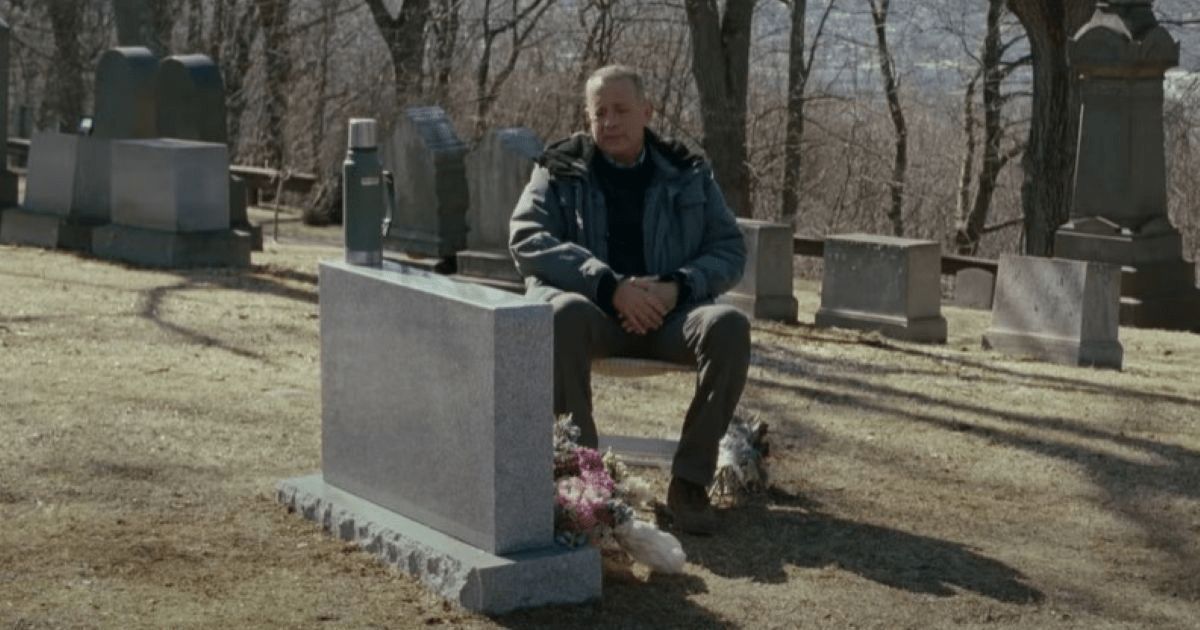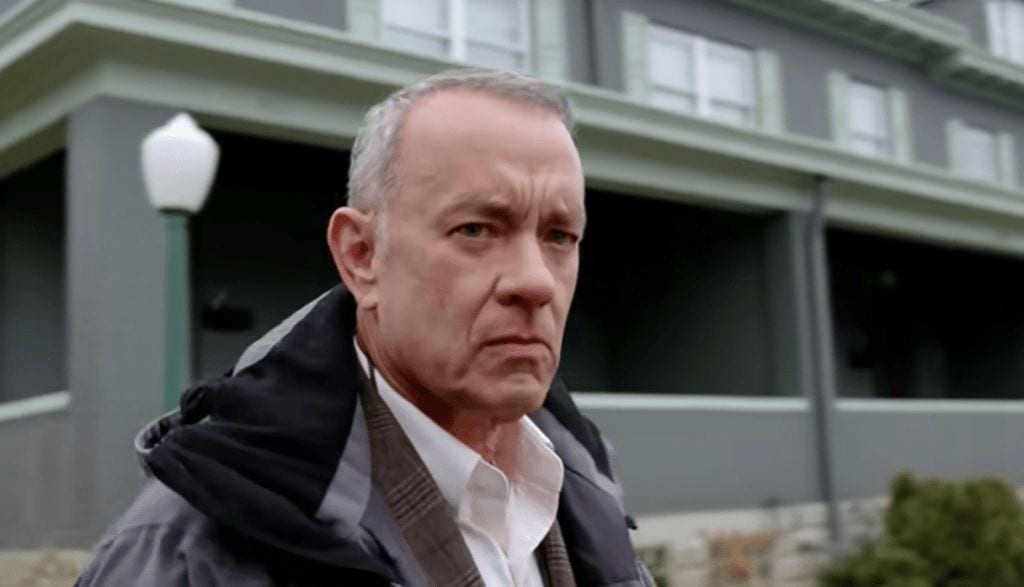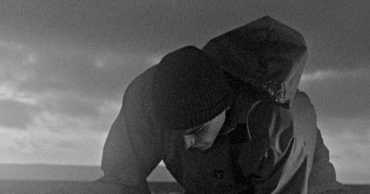Understanding Otto’s Grief Through His Character
As we first meet Tom Hanks as Otto in ‘A Man Called Otto’, he’s not the warm, affable character we’re accustomed to. He’s a man embittered by life’s unfair turns, particularly the loss of his beloved wife. His grumpiness is a shield, a barrier against a world that continues without his Sonya. Otto’s meticulous complaints about trivial matters like rope lengths and parking rules are not just signs of a cantankerous old man, but subtle hints of a deeper underlying grief that he carries. 
The Shadow of Loss Over Otto’s Worldview
The film delicately peels back the layers of Otto’s character, revealing the sorrow that has shaped his reality. The film never delves deeply into his mental health, though he is definitely suffering from depression following the passing of his wife…
, this line encapsulates the silent battle Otto faces daily. The grief has consumed him, leading to cynicism and isolation—a stark contrast from the life he once shared with Sonya. This backstory is essential in understanding why Otto acts the way he does; it’s not just grumpiness but a manifestation of his profound loss. 
Routines and Rituals: Coping Mechanisms for Grief
Otto’s life is punctuated by routines and rituals that offer him some semblance of control in a world that’s been upended by change. From his complaints about being forced into retirement to his vigilance over neighborhood rules, these acts are not mere stubbornness but an attempt to hold onto something constant amidst the chaos of loss. His daily routine reflects a struggle to maintain order when everything feels like it’s slipping through his fingers—a poignant portrayal of how people cope with grief. 
Neighbors: Catalysts for Healing
Otto’s interactions with his neighbors, particularly the young couple next door, become pivotal in his journey towards healing. Their presence and persistent kindness chip away at Otto’s hardened exterior, forcing him to confront the grief he has been avoiding. It’s through these relationships that we see glimpses of hope for Otto, moments where he begins to realize there might be more to life than his sorrow. These interactions serve as turning points, where the possibility of recovery becomes tangible for both Otto and the audience. 
Grief Illustrated Through Symbolism
The film employs symbolism and metaphors to convey Otto’s internal struggles. Adapted from Fredrik Backman’s novel, the American version makes subtle changes that resonate with its audience—Otto’s Chevy replacing Ove’s Saab signifies more than just a brand switch; it represents a shift in Otto’s identity and cultural context. The setting in Pittsburgh rather than suburban Sweden also mirrors Otto’s transition from a familiar life with Sonya to an uncertain existence without her. These symbolic elements add depth to our understanding of Otto’s grief and recovery.
Climactic Moments Signifying Change
The film opens with a stark and haunting scene, as Otto Anderson (Tom Hanks), a 63-year-old widower, finds himself teetering on the edge of life.
This moment sets the tone for the film’s exploration of grief. It’s these climactic scenes that sharply bring into focus how close Otto is to succumbing to his despair and how pivotal certain events are in pulling him back from the brink. Each climactic moment serves as a milestone in Otto’s grieving process, marking both setbacks and progress on his path towards healing.
The Resolution of Grief in Transformation
As we witness Otto’s transformation throughout ‘A Man Called Otto’, we see not just a change in demeanor but a profound shift in perspective. From planning to join his deceased wife to finding new meaning in life, each interaction with his neighbors leads him closer to resolution. His journey reflects the complex nature of grief—it isn’t linear or predictable; it’s messy and fraught with setbacks. Yet, ultimately, it’s possible to find solace and purpose again. This transformation serves as a powerful commentary on the grieving process and its resolution.
 Follow Us
Follow Us





